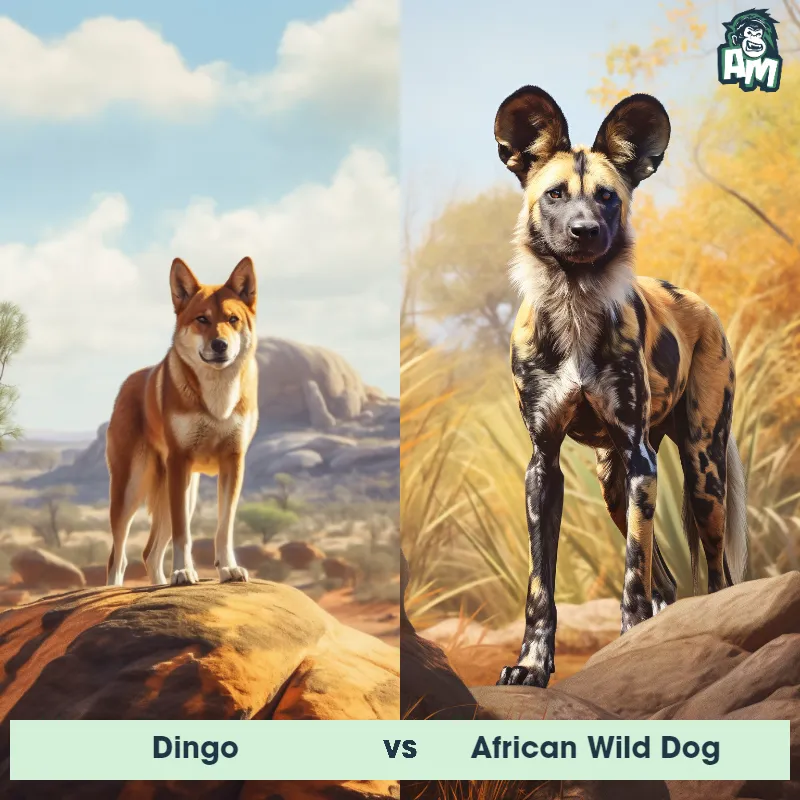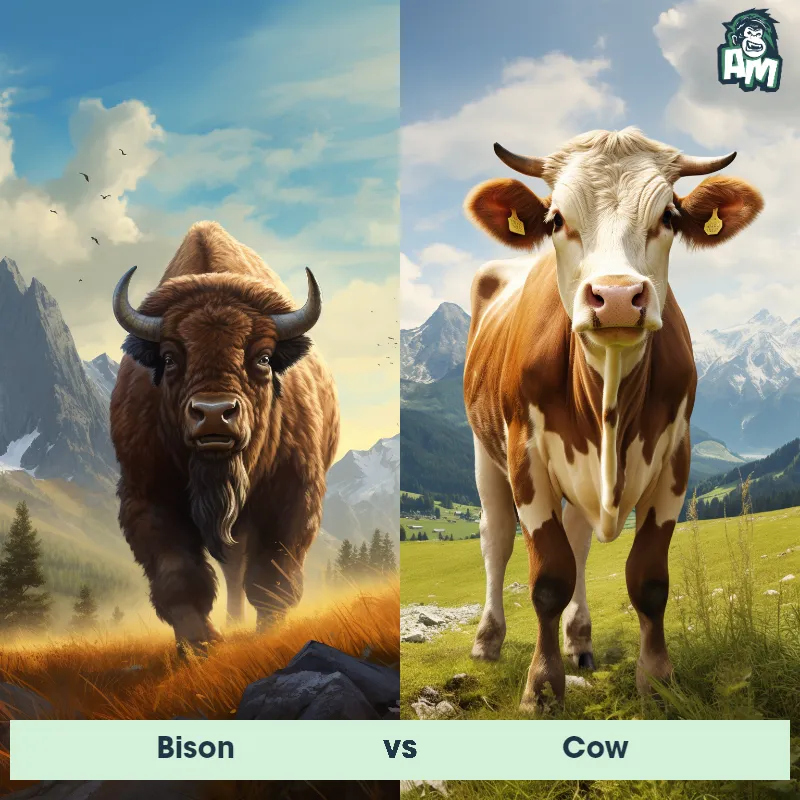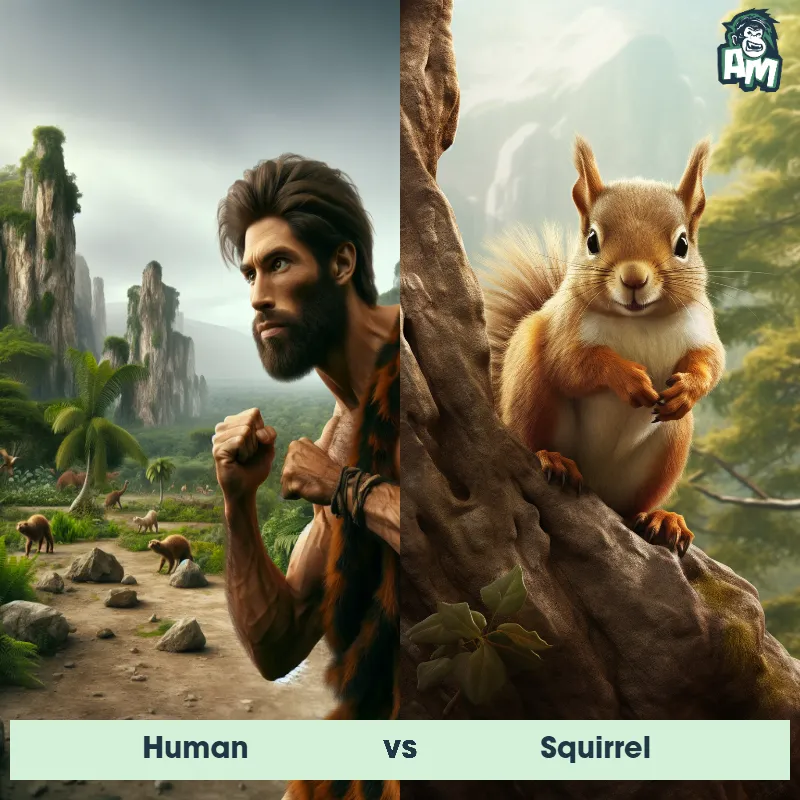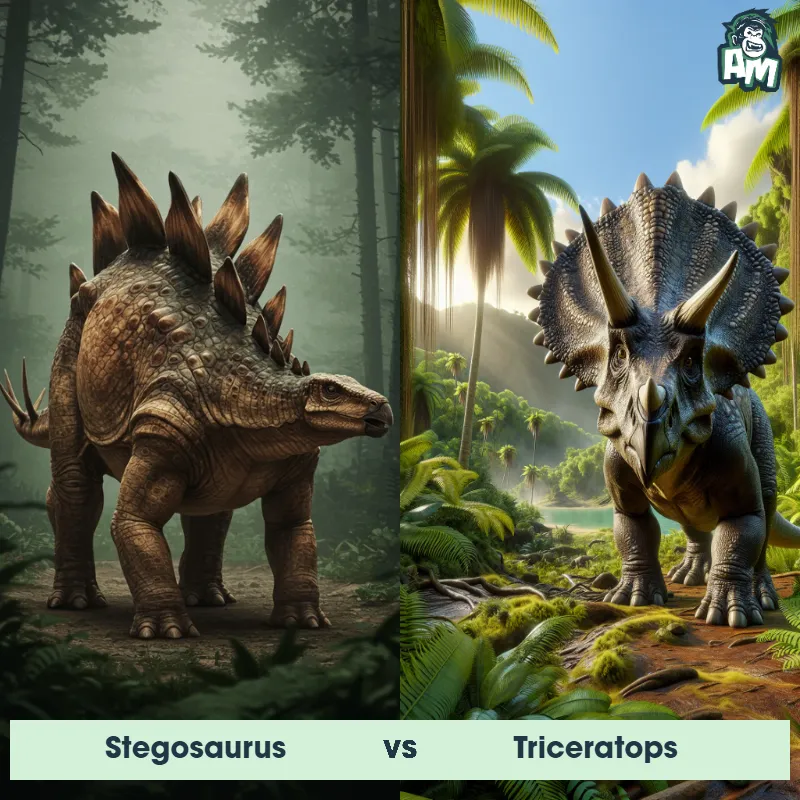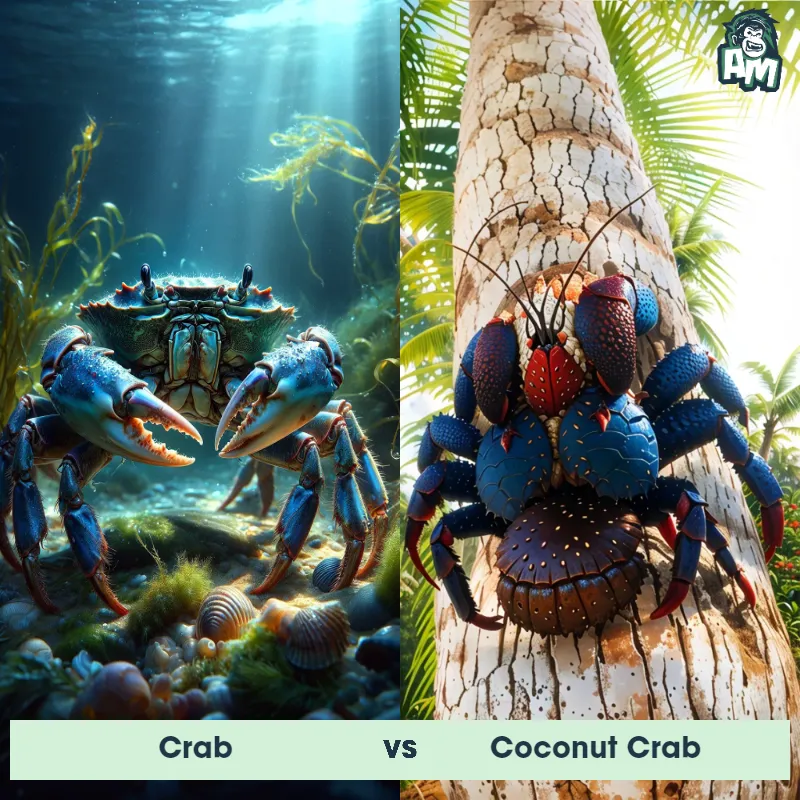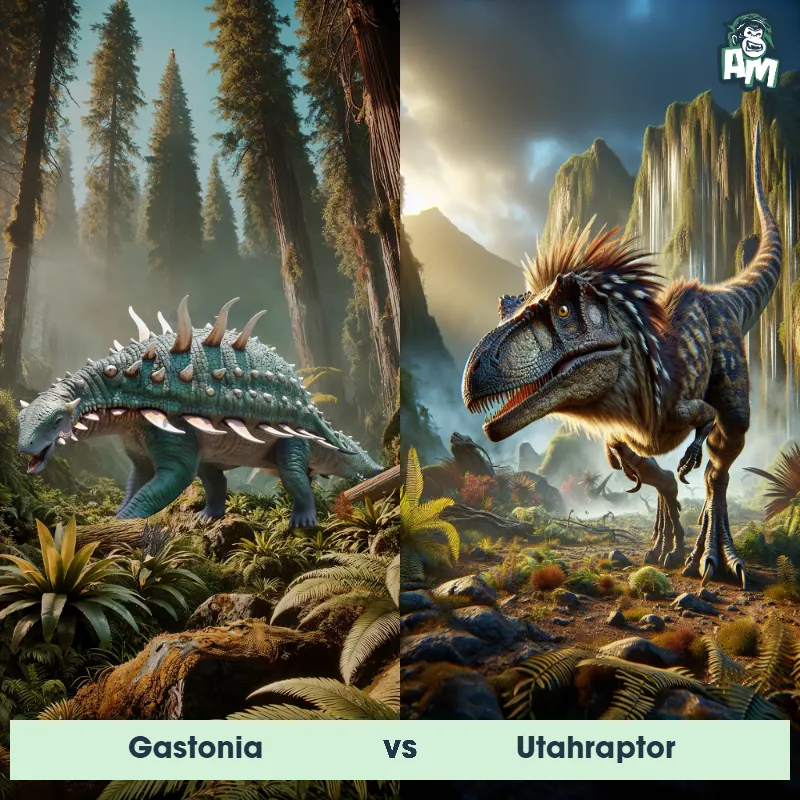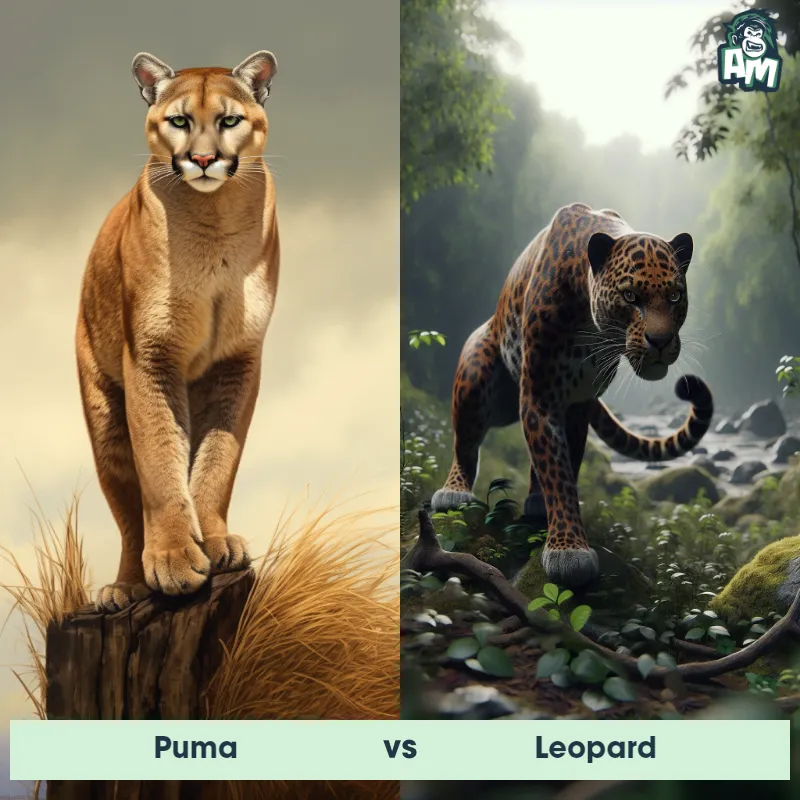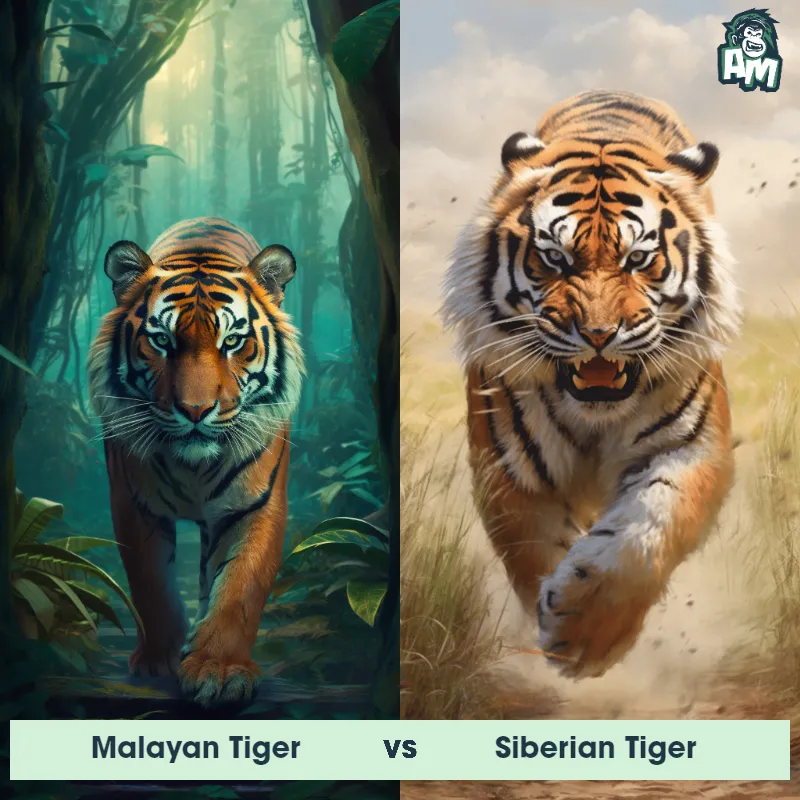Bobcat vs Snow LeopardSee Who Wins

Ladies and gentlemen, welcome to this thrilling encounter between two of nature's finest felines! It's a battle of strength, agility, and wild instincts as we witness a face-off between the Bobcat and the Snow Leopard. Both predators are known for their stealthy hunting abilities and their impressive physical prowess. With the crowd eagerly waiting, let's see who will emerge victorious in this three-round showdown!
Contender 1: Bobcat
The Bobcat, also known as Lynx rufus, is a medium-sized wild cat native to North America. They have short, reddish-brown fur with black spots and tufted ears. Bobcats are known for their distinctive short tails, which are only 5-6 inches long. They are solitary animals and are most active at dawn and dusk. Bobcats are skilled hunters and prey on small mammals, birds, and reptiles.
Fun Fact: Bobcats are excellent climbers and can easily scale trees to escape predators or hunt prey.
Contender 2: Snow Leopard
The Snow Leopard, also known as the "Ghost of the Mountains," is a large cat native to the mountain ranges of Central and South Asia. They have a thick, grayish-white fur coat with black spots that helps them blend into their snowy habitat. Snow Leopards have powerful legs and can jump up to 50 feet in one leap. They are also known for their long, bushy tails that help them maintain balance while navigating steep terrain.
Fun Fact: Snow Leopards are excellent climbers and can scale steep cliffs and rocky terrain with ease, thanks to their powerful legs and large paws that act like natural snowshoes.
Matchup Stats
| Bobcat | Snow Leopard | |
|---|---|---|
| Size | 2-3 feet (0.6-0.9 meters) in length | 2-2.5 feet (60-75 cm) at the shoulder |
| Weight | 15-30 pounds (6.8-13.6 kilograms) | 60-120 pounds (27-54 kg) |
| Speed | Speed: 30 mph (48 km/hr) | Speed: 40 mph (64.37 km/hr) |
| Key Strength | Powerful legs and sharp claws | Powerful legs and sharp claws |
| Biggest Weakness | Small size compared to other predators | Vulnerable to larger predators |
Current Votes
Bobcat vs Snow Leopard
See Who Wins
View More Matches
Looking For More?
Similar Matches
Scientific Stats
| Bobcat | Snow Leopard | |
|---|---|---|
| Scientific Name | Lynx rufus | Panthera uncia |
| Family | Felidae | Felidae |
| Habitat | Forests, deserts, suburban areas | Mountain ranges |
| Geography | North America | Central and South Asia |
| Diet | Small mammals, birds, reptiles | Mainly wild sheep and goats |
| Lifespan | 10 years - 15 years | 10 years - 12 years |
Key Differences between Bobcat and Snow Leopard
- Tail Length and Appearance: Bobcats have a relatively shorter tail, measuring around 4-6 inches, which is black on the upper side and white on the underside. Their tail is dense and appears "bobbed," giving the species its name. Snow leopards possess a long and thick tail, measuring up to 3 feet in length. Their tail is covered in spots similar to their body and acts as a balancing mechanism while navigating rugged terrains.
- Coat Color and Pattern: Bobcats have a primarily beige or brownish fur coat with spots randomly scattered throughout their body, including rosettes on their sides. Snow leopards have a distinct light gray to almost white fur coat, aiding in their camouflage in snowy environments. They possess large, irregular dark spots known as rosettes.
- Facial Features: Bobcats have a smaller, rounder face with prominent whiskers and relatively short ears with a tuft of fur at their tips. Snow leopards have a distinctive facial appearance with a broad, flat face and high cheekbones. They have large, round eyes that are pale green or grayish in color, uniquely adapted for their high-altitude environments.
- Habitat Preference: Bobcats are primarily found in North America, inhabiting various ecosystems including forests, swamps, and deserts. They have adapted to a wide range of environments. Snow leopards inhabit the mountainous regions of Central Asia, particularly the high-altitude regions of the Himalayas. They are adapted to live in cold, rugged terrains with rocky outcrops.
- Size and Body Shape: Bobcats are smaller in size, approximately 2-3 feet in length and weighing between 15-35 pounds. Snow leopards, on the other hand, are significantly larger, measuring up to 4-5 feet in length and weighing between 60-120 pounds. They have a more robust body structure compared to bobcats.
- Geographic Distribution: Bobcats have a broad distribution throughout North America, spanning from southern Canada to Mexico, with a larger population in the United States. Snow leopards have a much more restricted range, inhabiting the mountainous regions of 12 Central Asian countries, including Bhutan, China, India, Mongolia, and Pakistan.



